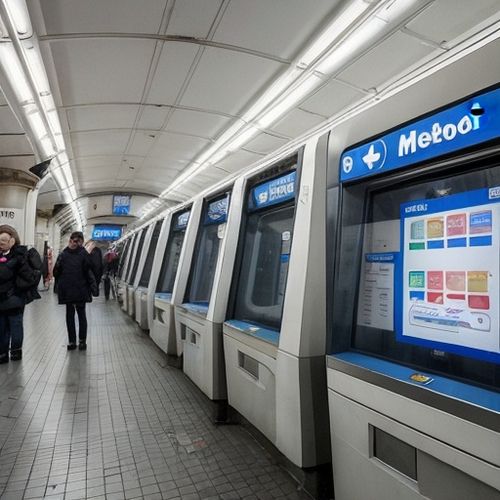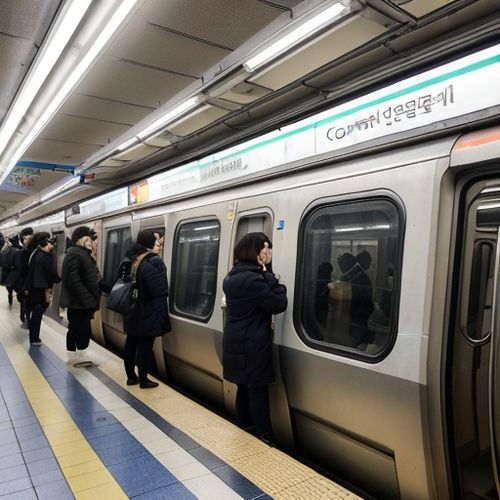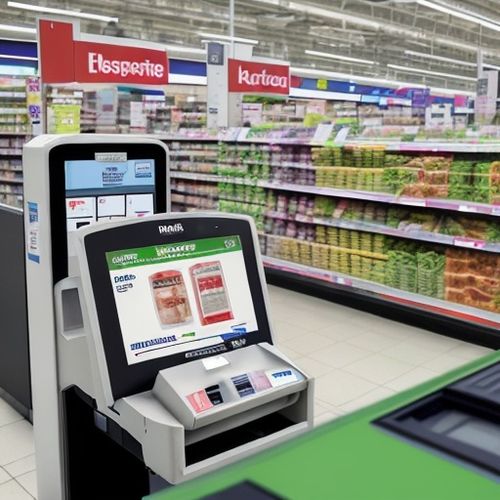Supermarkets across Germany have witnessed a rapid adoption of self-checkout systems in recent years. These automated kiosks promise faster transactions and reduced labor costs for retailers while offering customers the convenience of skipping long queues. However, the transition hasn't been entirely smooth. Many shoppers find themselves frustrated when the machines beep angrily or freeze during what should be a straightforward process.
The most common pitfall occurs right at the beginning of the transaction. Customers often fail to properly place their items in the designated bagging area. German self-checkout systems use precise weight sensors to verify that each scanned item matches what gets placed in the bag. When someone forgets to put an item down or accidentally leans on the bagging area, the system interprets this as potential theft and locks up until an attendant intervenes. This security feature, while effective against shoplifting, regularly inconveniences honest shoppers who simply didn't understand the machine's sensitivity.
Produce identification creates another frequent point of confusion. Unlike barcoded items, fruits and vegetables require customers to manually select the correct variety from an on-screen menu and sometimes even weigh them separately. Regular shoppers might know the difference between a Braeburn and a Granny Smith apple, but occasional visitors often select the wrong option or forget to weigh items entirely. Some supermarkets have introduced image recognition technology to assist with this process, but the systems still struggle with similar-looking varieties or unusually shaped produce.
The payment step trips up more people than one might expect. German self-checkout terminals typically accept various payment methods - cash, EC cards, credit cards, and increasingly mobile payments. However, each option follows slightly different protocols. Cash payments require exact change in some systems, while card payments might need PIN entry even for small amounts. Contactless payments sometimes fail if the card or phone isn't held at the precise angle or duration. Many customers don't realize that the payment terminal often activates only after all items have been scanned and placed in the bagging area, leading to multiple failed attempts before they understand the proper sequence.
Age verification for restricted items like alcohol or knives causes significant delays. When the system detects such products, it automatically locks until an employee verifies the customer's age. Shoppers frequently overlook that they've picked up age-restricted items until the machine stops working. The wait for assistance can sometimes take longer than traditional checkout would have, negating the time-saving advantage of self-service. Some locations have experimented with AI-powered age estimation cameras to speed up this process, but the technology remains controversial and not universally implemented.
Technical glitches compound these user errors. Scanner malfunctions, unresponsive touchscreens, and receipt printer jams occur regularly enough to frustrate even patient customers. Many German supermarkets maintain these machines on tight budgets, leading to worn-out components that exacerbate the problems. The machines' error messages often use vague technical jargon rather than clear instructions, leaving users guessing about what went wrong and how to fix it.
Cultural factors also play a role in these difficulties. German shoppers, particularly older generations, often prefer human interaction and view self-checkout as an unwelcome imposition. This reluctance leads to hesitation and mistakes from users who would rather not be using the system in the first place. Younger, tech-savvy customers generally adapt more quickly but still encounter the same technical limitations. Retailers continue struggling to balance cost savings from automation with customer satisfaction, frequently adjusting their self-checkout strategies based on shopper feedback and error patterns.
The future of German supermarket self-checkout likely involves more sophisticated systems with better error prevention. Some stores already test AI-powered cameras that monitor the scanning process and offer real-time guidance. Others experiment with entirely scan-free systems where customers simply grab what they need and get automatically charged upon exit. Until these technologies mature, however, shoppers will need patience as they navigate the current generation of temperamental self-service terminals.

By Samuel Cooper/Apr 15, 2025

By Christopher Harris/Apr 15, 2025

By Eric Ward/Apr 15, 2025

By Noah Bell/Apr 15, 2025

By George Bailey/Apr 15, 2025

By Daniel Scott/Apr 15, 2025

By Elizabeth Taylor/Apr 15, 2025

By Grace Cox/Apr 15, 2025

By Jessica Lee/Apr 15, 2025

By Jessica Lee/Apr 15, 2025

By Ryan Martin/Apr 11, 2025

By Victoria Gonzalez/Apr 11, 2025

By Christopher Harris/Apr 11, 2025

By Victoria Gonzalez/Apr 11, 2025

By George Bailey/Apr 11, 2025

By Megan Clark/Apr 11, 2025

By Natalie Campbell/Apr 11, 2025

By Eric Ward/Apr 11, 2025

By Benjamin Evans/Apr 11, 2025